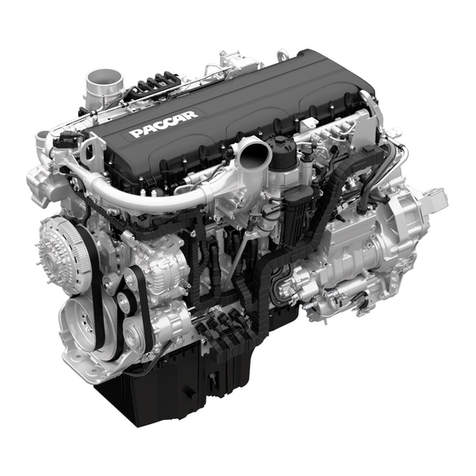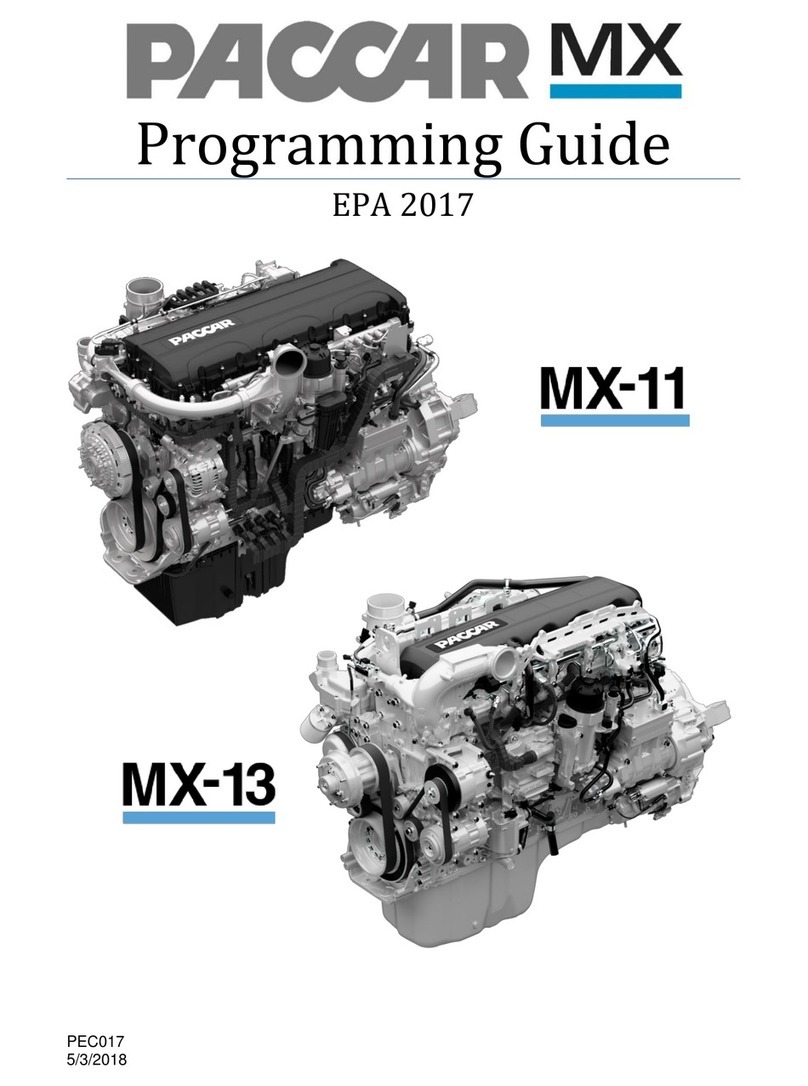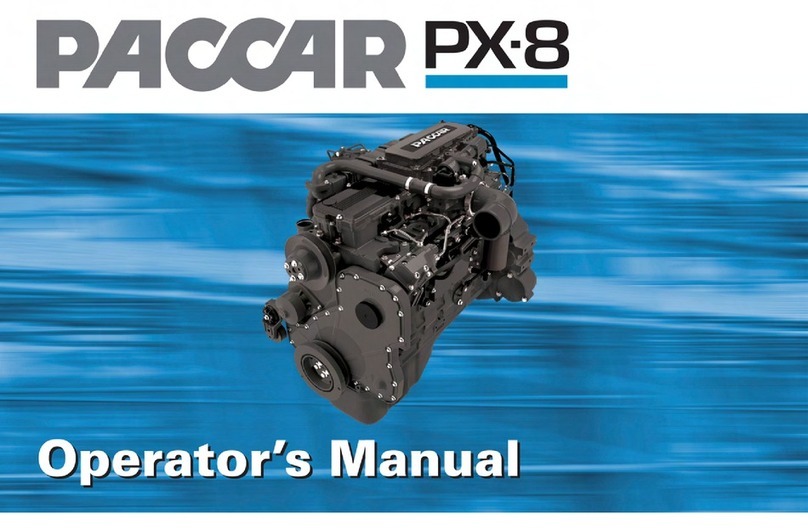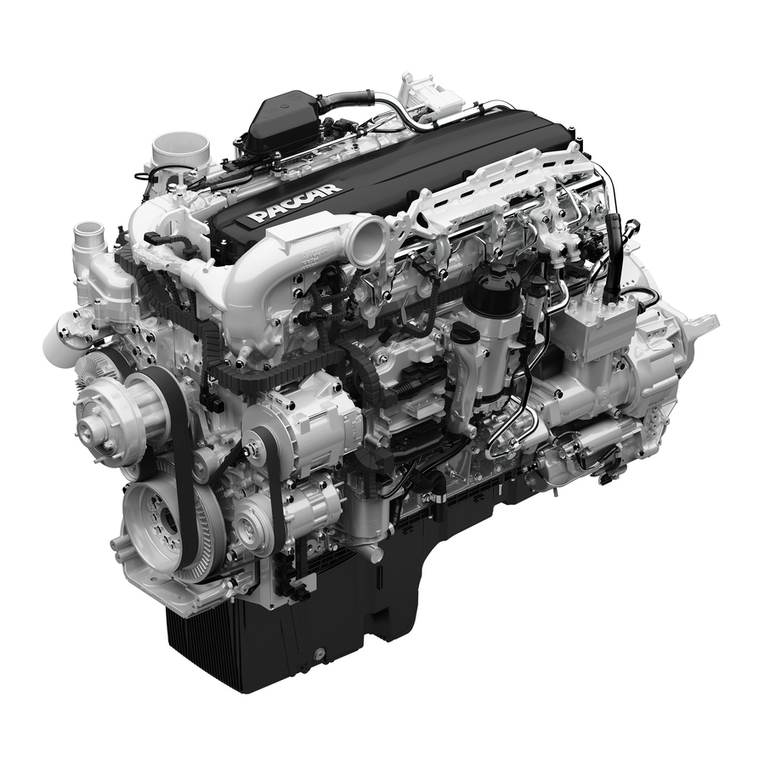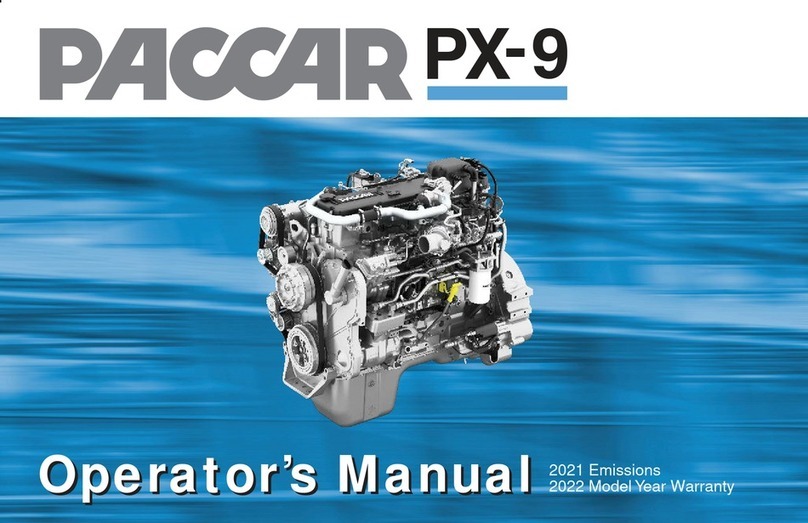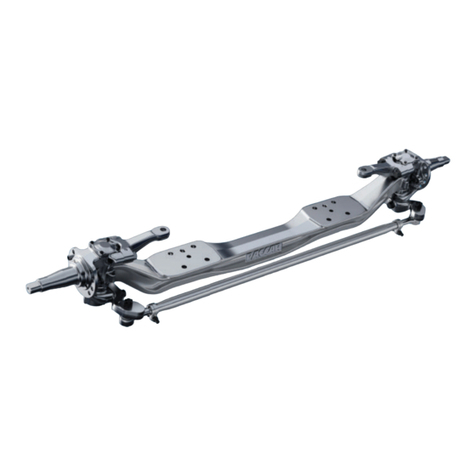
• Put a “DO NOT OPERATE” tag in
the operator's compartment or on
the controls.
• Allow the engine to cool before
slowly loosening the coolant filler
cap to relieve the pressure from the
cooling system.
WARNING
Removing the fill cap on a hot engine
can cause scalding coolant to spray
out and burn you badly. If the engine
has been in operation within the previ-
ous 30 minutes, be very careful in re-
moving the fill cap. Protect face,
hands, and arms against escaping flu-
id and steam by covering the cap with
a large, thick rag. DO NOT try to re-
move it until the surge tank cools down
or if you see any steam or coolant es-
caping. Always remove the cap very
slowly and carefully. Be ready to back
off if any steam or coolant begins to
escape.
• Always use wheel chocks or proper
jack stands to support the vehicle
or vehicle components before
performing any service work. DO
NOT work on anything that is
supported only by lifting jacks or a
hoist. Before resting a vehicle on
jack stands, be sure the stands are
rated for the load you will be
placing on them.
• Before removing or disconnecting
any lines, fittings, or related items,
relieve all pressure in the air, oil,
fuel, and cooling systems. Remain
alert for possible pressure when
disconnecting any device from a
system that contains pressure.
High pressure oil or fuel can cause
death or personal injury.
• Always wear protective clothing
when working on any refrigerant
lines and make sure that the
workplace is well ventilated.
Inhalation of fumes can cause
death or personal injury. To protect
the environment, liquid refrigerant
systems must be properly emptied
and filled using equipment that
prevents the release of refrigerant
gas. Federal law requires capturing
and recycling refrigerant.
• When moving or lifting any heavy
equipment or parts, make sure to
use proper techniques and
assistance. Ensure all lifting
devices such as chains, hooks, or
slings are in good condition and
are of the correct load capacity.
Make sure all lifting devices are
positioned correctly.
• Corrosion inhibitors and lubricating
oils may contain alkali. DO NOT
get the substance in eyes and
avoid prolonged or repeated
contact with skin. DO NOT
swallow. If ingested, seek
immediate medical attention. DO
NOT induce vomiting. In case of
contact, immediately wash skin
with soap and water. In case of
harmful contact, immediately
contact a physician. Always keep
any chemicals OUT OF REACH
OF CHILDREN.
• Naphtha and Methyl Ethyl Ketone
(MEK) are flammable materials and
must be used with caution. Follow
the manufacturer's instructions to
ensure safety when using these
materials. Always keep any
chemicals OUT OF REACH OF
CHILDREN.
• When working on the vehicle, be
alert for hot parts on systems that
have just been turned off, exhaust
gas flow, and hot fluids in lines,
ENGINE OPERATION - Safety - Introduction
8 Y53-1183-1G1 (05/19)
1
